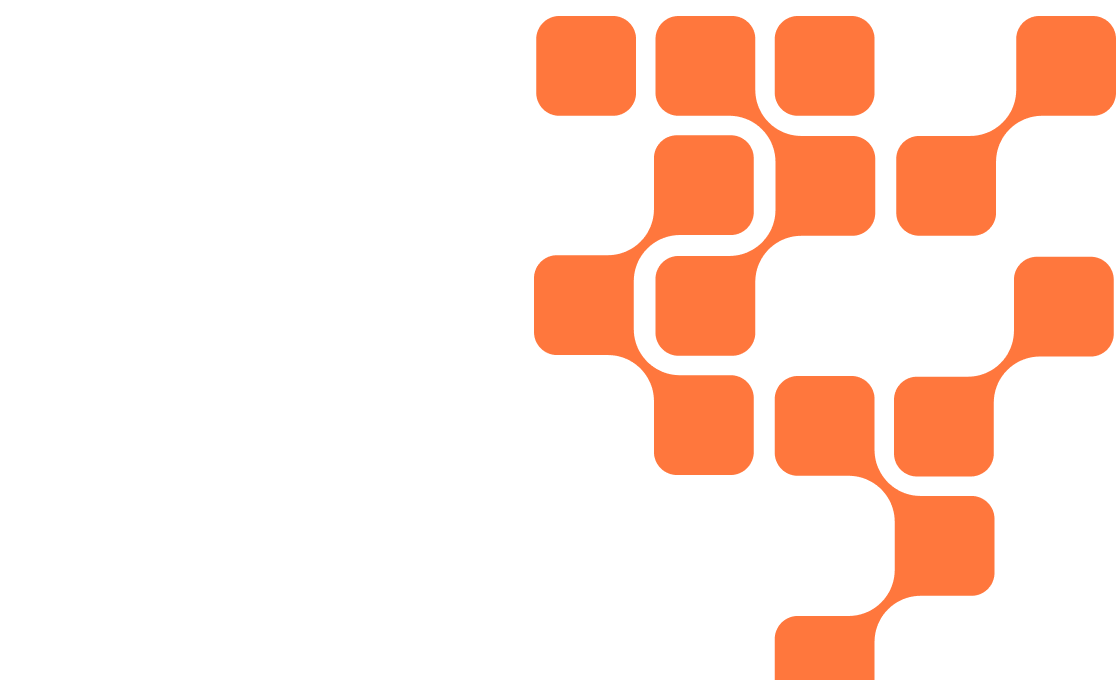Overview
This four-day hands-on training course delivers the key concepts and knowledge developers need to use Apache Spark to develop high-performance, parallel applications on the Cloudera Data Platform (CDP).
Hands-on exercises allow students to practice writing Spark applications that integrate with CDP core components. Participants will learn how to use Spark SQL to query structured data, how to use Hive features to ingest and denormalize data, and how to work with “big data” stored in a distributed file system.
After taking this course, participants will be prepared to face real-world challenges and build applications to execute faster decisions, better decisions, and interactive analysis, applied to a wide variety of use cases, architectures, and industries.
What you'll learn
During this course, you will learn how to:
- Distribute, store, and process data in a CDP cluster
- Write, configure, and deploy Apache Spark applications
- Use the Spark interpreters and Spark applications to explore, process, and analyze distributed data
- Query data using Spark SQL, DataFrames, and Hive tables
- Deploy a Spark application on the Data Engineering Service
What to expect
This course is designed for developers and data engineers. All students are expected to have basic Linux experience, and basic proficiency with either Python or Scala programming languages. Basic knowledge of SQL is helpful. Prior knowledge of Spark and Hadoop is not required.
Book the course
Course Details
HDFS Introduction
- HDFS Overview
- HDFS Components and Interactions
- Additional HDFS Interactions
- Ozone Overview
- Exercise: Working with HDFS
YARN Introduction
- YARN Overview
- YARN Components and Interaction
- Working with YARN
- Exercise: Working with YARN
Working with RDDs
- Resilient Distributed Datasets (RDDs)
- Exercise: Working with RDDs
Working with DataFrames
- Introduction to DataFrames
- Exercise: Introducing DataFrames
- Exercise: Reading and Writing DataFrames
- Exercise: Working with Columns
- Exercise: Working with Complex Types
- Exercise: Combining and Splitting DataFrames
- Exercise: Summarizing and Grouping DataFrames
- Exercise: Working with UDFs
- Exercise: Working with Windows
Introduction to Apache Hive
- About Hive
- Transforming data with Hive QL
Working with Apache Hive
- Exercise: Working with Partitions
- Exercise: Working with Buckets
- Exercise: Working with Skew
- Exercise: Using Serdes to Ingest Text Data
- Exercise: Using Complex Types to Denormalize Data
Hive and Spark Integration
- Hive and Spark Integration
- Exercise: Spark Integration with Hive
Distributed Processing Challenges
- Shuffle
- Skew
- Order
Spark Distributed Processing
- Spark Distributed Processing
- Exercise: Explore Query Execution Order
Spark Distributed Persistence
- DataFrame and Dataset Persistence
- Persistence Storage Levels
- Viewing Persisted RDDs
- Exercise: Persisting DataFrames
Data Engineering Service
- Create and Trigger Ad-Hoc Spark Jobs
- Orchestrate a Set of Jobs Using Airflow
- Data Lineage using Atlas
- Auto-scaling in Data Engineering Service
Workload XM
- Optimize Workloads, Performance, Capacity
- Identify Suboptimal Spark Jobs
Appendix: Working with Datasets in Scala
- Working with Datasets in Scala
- Exercise: Using Datasets in Scala

